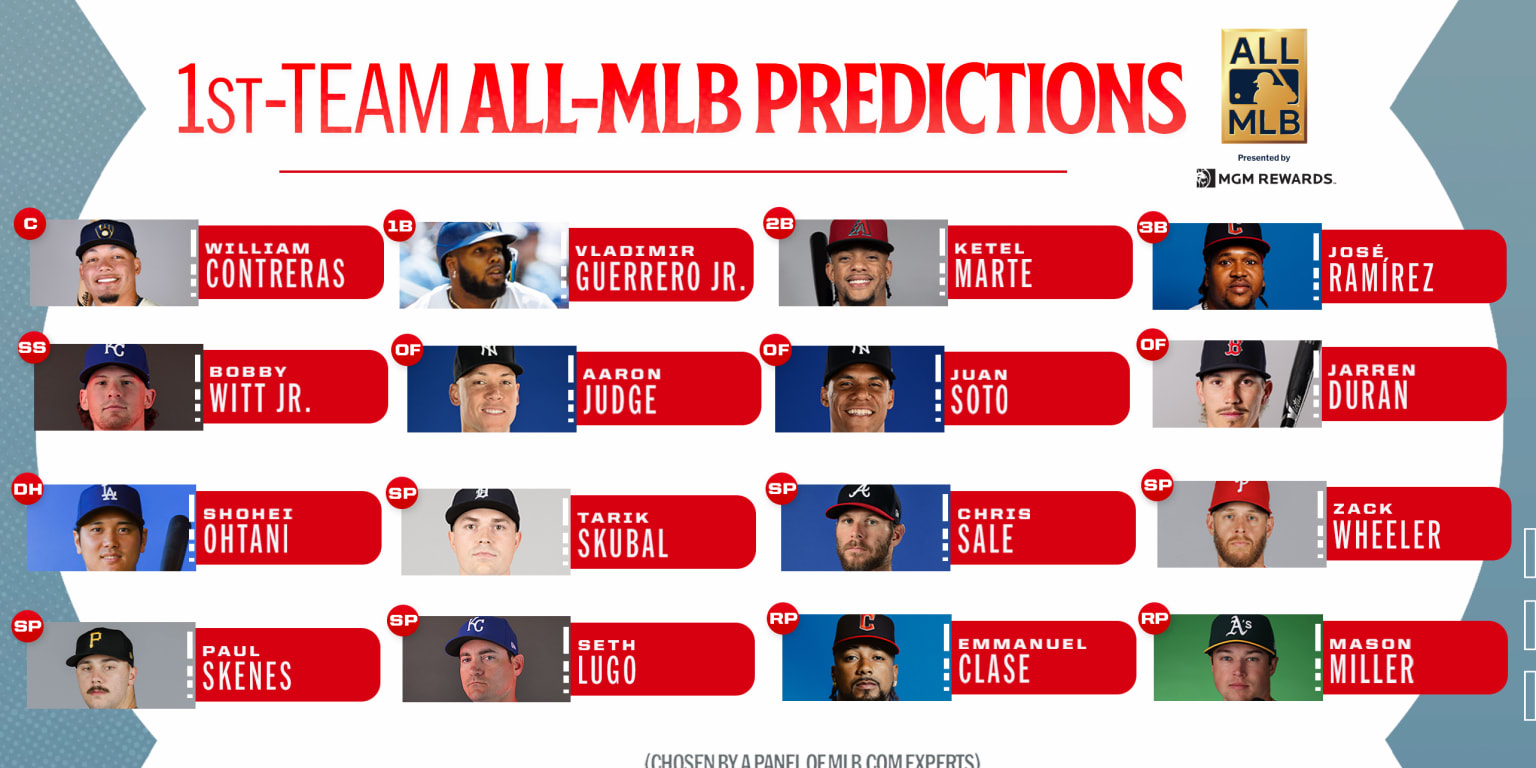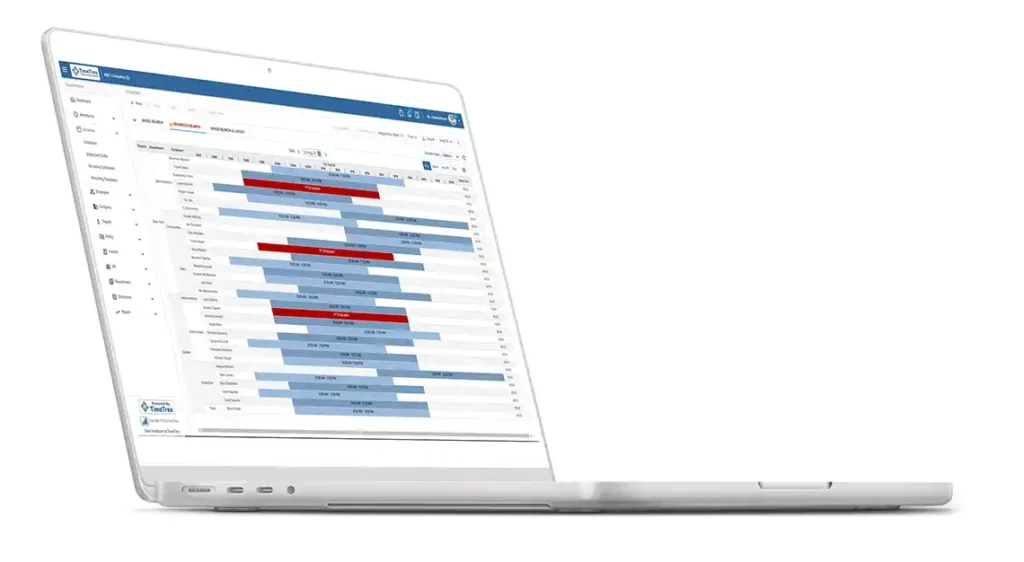Predicting Major League Baseball MLB Prediction outcomes has become a sophisticated science, much like managing a large-scale construction project in the United States. Though these fields seem unrelated at first glance, the methods U.S. contractors use to ensure project success can inform how we approach MLB prediction — emphasizing data analysis, risk management, and continuous monitoring.
Project Management and Season Planning
U.S. construction contractors meticulously plan projects, budgeting time and resources to avoid costly delays. This mindset parallels MLB season forecasting, where analysts break down the lengthy 162-game schedule into manageable segments, tracking team performance over time and anticipating critical moments like playoffs.
Effective project management in construction involves risk assessment — identifying potential obstacles before they arise. Similarly, MLB prediction models assess risks such as player injuries, slumps, or opposing team strategies that could disrupt a winning streak.
Data Collection and Analytics
Contractors use detailed reports on materials, labor productivity, and weather to forecast project timelines and costs. These datasets are often geospatial and temporal, helping contractors predict when and where issues might occur.
In MLB prediction, data analytics plays an equally crucial role. Player statistics, including batting, pitching, and fielding, are analyzed with advanced algorithms. Machine learning models even incorporate historical data and trends, similar to how contractors analyze past project outcomes to improve future planning.
By borrowing data-driven approaches from construction management, MLB prediction models can become more reliable and adaptive.
Resource Allocation and Player Utilization
Contractors allocate resources — machinery, workers, and materials — efficiently to keep projects on track. This is akin to MLB managers deciding when to rest key players, bring in relief pitchers, or optimize batting orders based on player fatigue and upcoming opponents.
Understanding these resource constraints helps MLB prediction models anticipate how teams will perform, especially during grueling stretches of the season. Just like in construction, where overworked resources can cause delays, overplayed athletes may underperform, affecting game outcomes.
External Influences: Regulatory and Environmental Factors
In the U.S. construction sector, projects must comply with regulations and environmental standards, which can affect timelines and costs. MLB games, too, are influenced by external factors like league rules, umpire decisions, and even fan attendance, all of which can subtly impact team morale and performance.
Incorporating these external influences into MLB prediction models adds a layer of complexity but improves accuracy, much like how contractors include regulatory risks in project schedules.
Continuous Monitoring and Adjustment
Successful contractors monitor projects constantly, adjusting workflows when unforeseen issues arise. MLB analysts similarly update predictions as the season unfolds, reacting to injuries, trades, and performance shifts.
This dynamic approach is essential because static predictions rarely hold over an entire MLB season. Contractors’ emphasis on real-time data and flexible planning inspires similar methodologies in sports forecasting.
In summary, the world of U.S. construction and contracting provides valuable lessons for MLB prediction. By applying data-driven project management principles, risk assessment, and adaptive strategies from construction, MLB predictions can become more precise and insightful.



 In the complex world of payroll and employment regulations, providing accurate and detailed pay stubs is a critical responsibility for every employer. This is especially true in states like New york, where labor laws are comprehensive and employee protections are robust. Whether your workforce includes hourly wage earners, salaried staff, or remote employees scattered across various locations, ensuring consistent and compliant pay stub issuance can be a challenging task.
In the complex world of payroll and employment regulations, providing accurate and detailed pay stubs is a critical responsibility for every employer. This is especially true in states like New york, where labor laws are comprehensive and employee protections are robust. Whether your workforce includes hourly wage earners, salaried staff, or remote employees scattered across various locations, ensuring consistent and compliant pay stub issuance can be a challenging task. Kasino on line telah berkembang pesat selama beberapa tahun terakhir, dan pada tahun 2025, kasino on line menjadi lebih populer, canggih, dan mudah diakses
Kasino on line telah berkembang pesat selama beberapa tahun terakhir, dan pada tahun 2025, kasino on line menjadi lebih populer, canggih, dan mudah diakses  Online slots have become one of the most popular forms of entertainment in the digital gambling world.
Online slots have become one of the most popular forms of entertainment in the digital gambling world.